This will be my radical action: I will teach my students the truth about climate change. I will tell them stories about people just like them who have made a difference. I will sit with them in the discomfort of the unknown, the betrayal, and the fear.
When I was offered a full-time, tenure-track position in environmental politics just out of graduate school, I was elated. My research on disaster response, environmental stewardship, and community organizing, as well as my past experience teaching urban ecology made it feel like a perfect fit. It hardly occurred to me that I would be teaching about U.S. government and politics during one of the most contentious election seasons in my lifetime, or that I would have to stand in front of my students, a diverse group of people including many immigrants, and explain that even though the 14th Amendment of the United State Constitution — which they just learned about — said that anyone born on U.S. soil was a citizen, our president was trying to change that, and neither I, nor anyone else, could tell them what would happen.
This spring, I was given the chance to teach Environmental Politics for the first time. Getting to design my own syllabus was exciting, and I created a course that I felt balanced important history on U.S. and international environmental efforts with a focus on local grassroots organizing. Though the content was familiar to me, it hit different under Trump 2.0 ― both for me and for my students. Like many environmental courses, I assigned an excerpt of Silent Spring, the 1962 book exposing the harms of pesticides like DDT and eventually laying the groundwork for the creation of the Environmental Protection Agency and landmark legislation like the Clean Air and Clean Water Acts. Referencing this history, one of my students innocently asked, “Are these still in place today?” The answer is, of course, yes, but I couldn’t say that with as much confidence as I’d like. Who knows what the future holds for these environmental protections when the administration seems set on slashing all kinds of environmental and social legislation? This exchange happened days after Trump’s EPA issued rollbacks of many existing pollution regulations, and announced that it would attempt to scrap the 2009 endangerment finding that greenhouse gasses are indeed dangerous to planetary and human health.
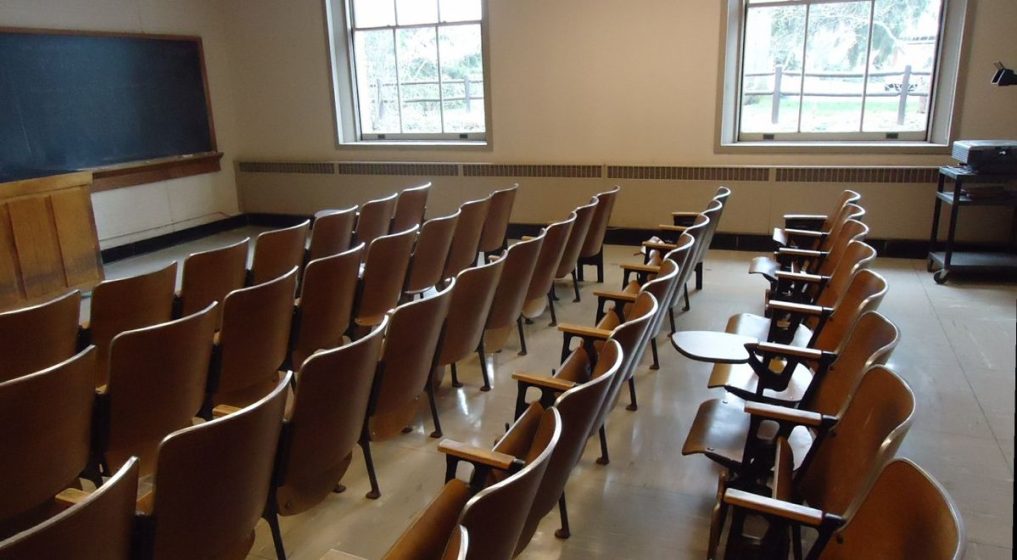
Later in the semester as I taught about international climate treaties, I had no choice but to note that Trump had pulled out of the Paris Agreement for the second time. When we discussed U.S. environmental history, I explained how the already insufficient previous efforts to curb federal emissions that had helped the U.S. lower our carbon footprint, along with the investments in clean energy that we know are part of the answer to avoid full climate calamity, were now being dismissed by a president who believes that the urgency of climate change is a hoax. Our deeply partisan politics meant that an assigned reading acknowledging the relationship between Republican lawmakers and the fossil fuel industry was accused of “bias” by a student. When I posed the question of whether students felt it possible to discuss climate change in today’s world without discussing politics, including the differences between political parties, the student dropped the class.
Yet, the vast majority of my students felt betrayed in a different way. As they learned about research from the 70s and 80s (which to many of them feels like ancient history) that had already proven a link between increasing greenhouse gas emissions and environmental catastrophe, their frustration was palpable. They expressed that they had been hearing for their whole lives about the urgency of saving the planet, and asked why people still weren’t taking it seriously. Answering these questions feels especially delicate in a time where many young people are becoming more conservative, in part because they have seen the establishment fail them again and again. They are already susceptible to the conspiracies and disinformation fed to them by the algorithms on a daily basis, and I struggle at times with encouraging students to be critical of our institutions without becoming apathetic or closed off to fact-driven political discourse.
When asked what environmental issues feel most pressing in their own day-to-day lives, many students expressed concerns over poor air quality. This is hardly surprising considering that in their recent memories they were encouraged multiple times to pull out their old N95 masks, not because of COVID-19, but because of wildfire smoke from Canada that made New York City’s air “unhealthy for sensitive groups”. Some of these students live in neighborhoods that are already disproportionately impacted by high asthma rates, and after taking my class, many of them are able to point to some of the environmental causes of high asthma rates, including lack of street trees, proximity to pollution sites like truck routes and treatment plants, and the environmental racism that leads to these disparities. One student told me that she had long been aware of the lack of street trees in her neighborhood compared to the wealthier areas she sometimes visited. She had pointed this out to her mother, who joked that she sounded like a conspiracy theorist for thinking that there were purposely fewer trees in poor neighborhoods. Now, she can point to research that shows that there is lasting environmental inequity due to the history of redlining, a discriminatory practice in U.S. cities for much of the 20th century whereby the Home Owner’s Loan Corporation (HOLC) graded neighborhoods from A through D based on “residential security” and refused services to the lower rated, mostly Black neighborhoods. As recently as 2021, neighborhoods graded C&D by the HOLC (those where banks were authorized to give mortgages to people of color) had about half the number of trees compared to the whiter A&B neighborhoods. Her excitement over this validation felt like a huge teaching win, but that feeling was dampened somewhat by the knowledge that this kind of research is now under attack, as the administration cracks down on research acknowledging any social determinants of health and “Trump’s proposed 2026 budget calls for ‘terminating a variety of climate-dominated research, data, and grant programs’”. Not to mention the cuts to medical research that could help address the health impacts of this environmental inequality.
I have taught about the inequitable impacts of climate change before, and I am aware of the need to alleviate the doom and gloom and make students understand that it will never be too late to try to avoid the worst climate outcomes. That, yes, we have passed a tipping point that means that we will see adverse outcomes from the rise in temperature even if emissions are cut drastically tomorrow, but we can still make changes to prevent the situation from becoming even more dire. I focus on local interventions and movement building that have improved neighborhoods and given people more confidence in their ability to respond to the inevitable extreme events we will face in New York City. For this class, I included recorded interviews with experts and activists sharing their stories and hopes for the future [insert video clips]. I emphasize students’ own ability to get to know their neighbors, to take care of the places they care about, and to vote for leaders they believe in. I’ve never been one to offer overly optimistic takes on the future of our climate just so students can avoid feeling anything other than positive, but I’ve always managed to send my students off more determined to be part of the solution. This year, it is harder than ever to offer inspiration as I watch the very systems I teach about become eviscerated.
Recently, I taught a class about environmental social movements, focusing on the lead up to the first Earth Day and on more contemporary youth-led movements. While many of my students are young and identify more with the latter, a senior citizen auditing my class shared that she remembers the first Earth Day and the energy around it. She noted that it made her sad to see how much worse climate change has become during her lifetime, but that seeing younger students eager to learn about changing the environment for the better made her hopeful. This hope, however fleeting, is crucial to hold onto. Other students found hope in the radical actions, including protests and civil disobedience, taken around the world to bring attention to this pivotal moment for our planet.
I feel extremely lucky, in a time of attacks on academic freedom, to be part of an institution that does not censor what I teach my students about the threat of the current administration to the future of our environment. Watching other universities and colleges preemptively succumb to the administration’s demands to align with their suppression tactics and austerity budgets leaves me to wonder how long I will have this right. So, for now, as I contend with my own feelings of helplessness and fear of the uncertain future, I will focus on what I can do. This will be my radical action: I will teach my students the truth about climate change. I will tell them stories about people just like them who have made a difference. I will sit with them in the discomfort of the unknown, the betrayal, and the fear. And I will consider it all a privilege.
Laura Landau
New York City
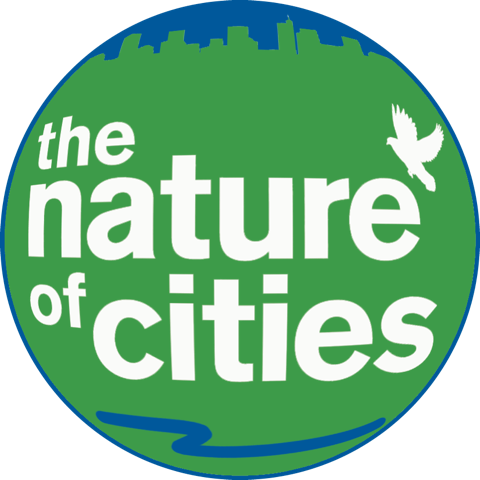
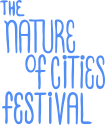
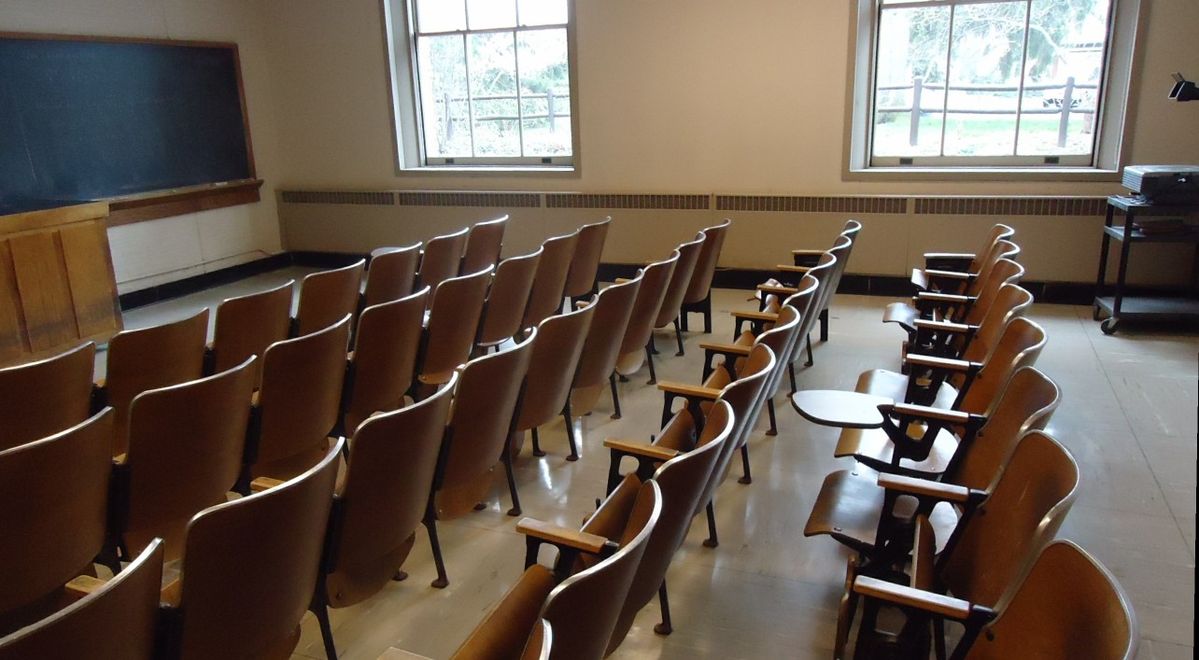
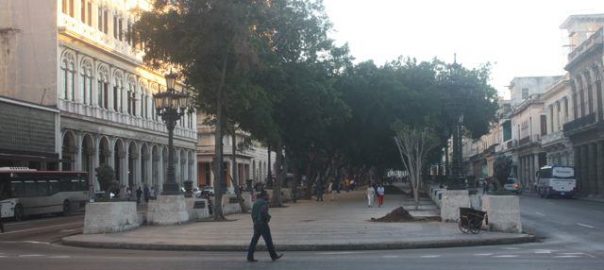
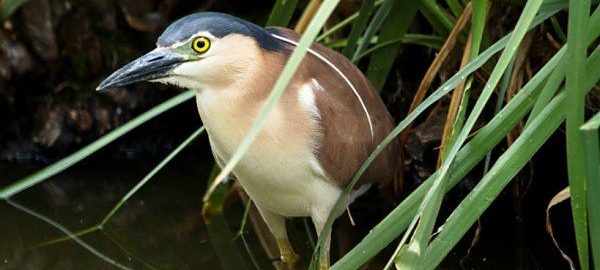
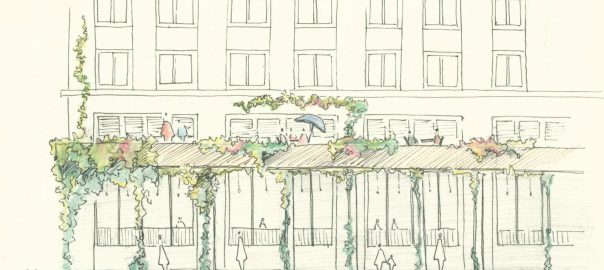

Leave a Reply